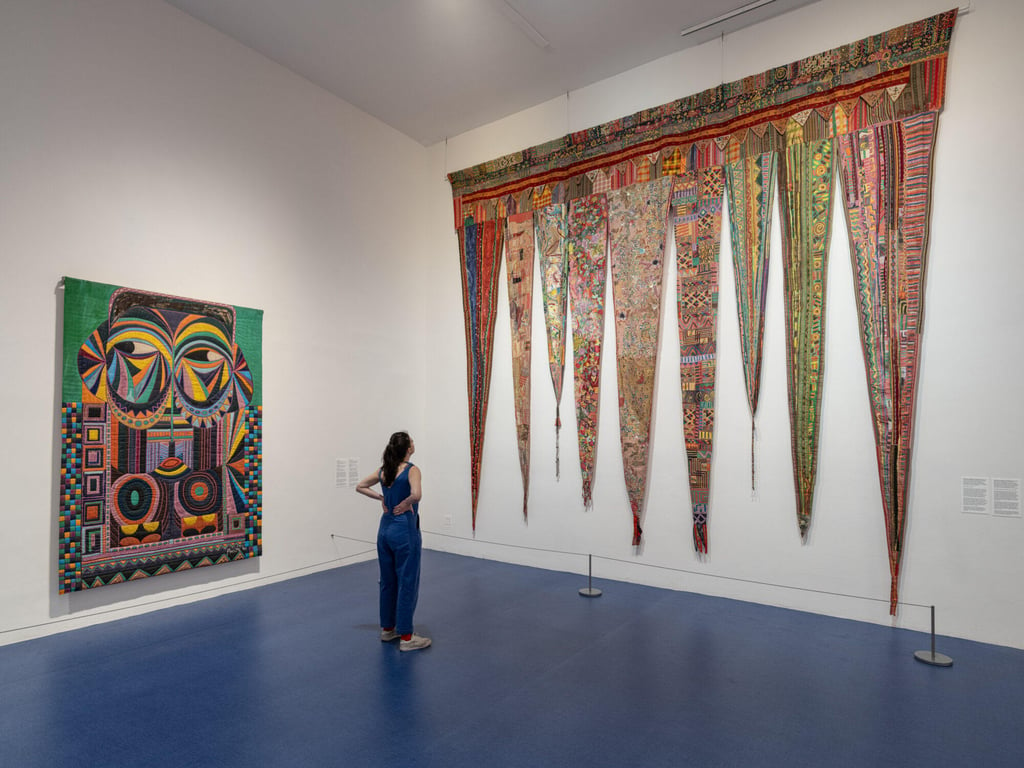Late Filipino artist Pacita Abad’s work, derided as folksy, subject of MoMA retrospective
- US-based fabric artist whose work championed the oppressed lacked recognition before her death in 2004. Now her art is in the spotlight

If you have not heard of Pacita Abad, you should have.
The late Filipino artist, who relocated to San Francisco, California, in 1970 to escape the authoritarian Marcos regime, created some 5,000 works before she died from cancer in 2004 at the age of 58.
Today, she is increasingly recognised as a pioneer who helped dislodge the “folksy” image of fabric art with her highly charged creations.
Abad was best known for adapting the trapunto quilting technique in which layers of textiles are stuffed and sewn together to produce a three-dimensional effect.

Abad would paint on the quilts and attach a variety of objects such as buttons, mirrors and seashells she had collected, often from the very subjects portrayed in her works, to create pieces that spoke of political conditions, the immigrant’s experience and the role of women in society.
Although she was well known among artists during her lifetime, Abad was not in the artistic mainstream, partly because curators often dismissed her art as too folksy.
